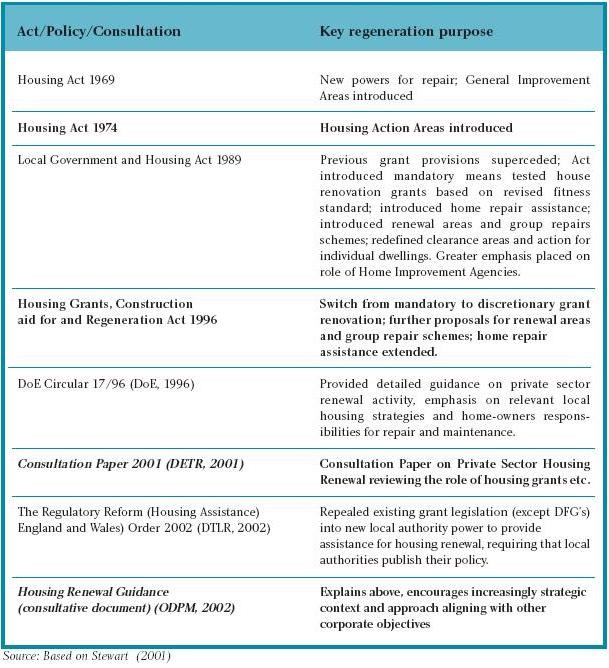InvestmentPolicy Statements Good Practice for Investors and Advisers
Post on: 16 Март, 2015 No Comment

Foundations and other big investors have investment-policy statements. Some pros say you should, too.
That’s the message increasing numbers of investors and advisers are hearing. And when they actually follow through, they reap the rewards.
Janusz Kapusta
Advisers for individuals and even self-directed investors are urged to put it in writing, too. Drafting a statement requires thinking about one’s portfolio as a whole and planning for the long term. Periodically reviewing the policy can help investors stay the course in challenging markets as well.
That’s a good thing, says Ms. Lubitz Boone, who’s been sharing her views on investment-policy statements since the late 1980s. Drafting policies gives advisers a better sense of what the clients expect in terms of volatility and returns, she says, and helps educate investors on realistic outcomes and the importance of sticking to a plan.
ENLARGE
This strikes a chord with Chris Grande of Walnut Hills Advisors, a firm in Medford, Mass. with about $15 million under management.
If you have a client who can’t handle pain but expects a 12% yearly rate of return, you know you’re going to have a conversation, Mr. Grande says. Writing an investment-policy statement lets the adviser explain right away that if lower volatility is a must, the client may have to agree to accept lower returns than if he or she invested in equities. The client signs off on it, and you review it together once a year at least, Mr. Grande says.
Reviewing the statement is crucial, especially in periods with big market swings, says Douglas Lyons of Trident Wealth Advisors in Bay Head, N.J. a registered investment adviser that manages about $10 million. Investors are their own worst enemies, Mr. Lyons says. Advisers can use investment-policy statements to keep clients on track in times of volatility.
When markets get choppy, reviewing the policy statement can remind investors that trying to time markets is a sucker’s game, and that over time—periodic rebalancing aside—investors are better off leaving their portfolios alone. In the 20 years through 2011, the Standard & Poor’s 500-stock index returned a yearly average of 7.8%, but the average investor gleaned a yearly average of just 3.5%, according to Boston-based investment-research firm Dalbar Inc. Bond investors did even worse against the Barclays Capital Aggregate Bond Index, Dalbar says.
An investment-policy statement forces the client to lay out a game plan, maybe for a comfortable retirement, says Mr. Lyons. In reviewing it, you’re asking if it’s worth putting that plan in danger because of what’s in the headlines.
‘Ulysses Contracts’
Behavioral-finance expert Shlomo Benartzi thinks advisers should go one step further and ask their clients to sign Ulysses contracts, as he calls them: promises not to act hastily in volatile markets. Just as Ulysses had his crew tie him down so he could resist the Sirens’ deadly song, Prof. Benartzi, co-chair of the Behavioral Decision-Making Group at UCLA’s Anderson School of Management, would have investors promise not to overreact to sharp market moves in either direction.
Policy statements can also be handy when investors can no longer handle their own affairs.
Sandra Adams is a lead financial planner with the Center for Financial Planning in Southfield, Mich. a firm with more than $700 million under management. In the four or five years since that firm’s advisers started using investment-policy statements, she and her colleagues have noticed that it can help the children of clients who have become incapacitated understand that their parents’ assets are being managed with their best long-term interests in mind.
Many times, the children have had no previous contact with the firm, Ms. Adams says, so seeing the statement can bring families up to speed on how we’re working for their parents in a way that creates a lot of trust.
For Self-Starters
For self-directed investors, statements have benefits as well. It gives you the sense, ‘I have a plan, I have a goal,’ Mr. Grande says. That’s something all investors need, whether you’re working with an adviser or not.
Morningstar Inc. has a two-page template for an investment-policy statement on its website, including questions on investment objectives and philosophy, investment selection criteria and monitoring procedures. On Morningstar.com, search for an article titled Making Your Investment Policy Statement , which has a link to the template and offers guidance on completing it.
Another resource for creating a statement is Bogleheads.org, an investing community that takes its cues from Vanguard Group founder Jack Bogle. (Go to bogleheads.org/wiki/Investment_Policy_Statement .)
Investors should review their statements at least once a year. Births, deaths, divorces and other life-changing events should trigger reviews, too.
In other words, keep it up-to-date, says Ms. Lubitz Boone.
Mr. Coyle is a special writer with Dow Jones Newswires. Email him at thomas.coyle@dowjones.com .














